This post may contain affiliate links. See my disclosure policy.
Hands down, these are the best and easy coconut flour recipes you’ll ever make! Learn why coconut flour is fantastic for baking and even how to make your own flour!
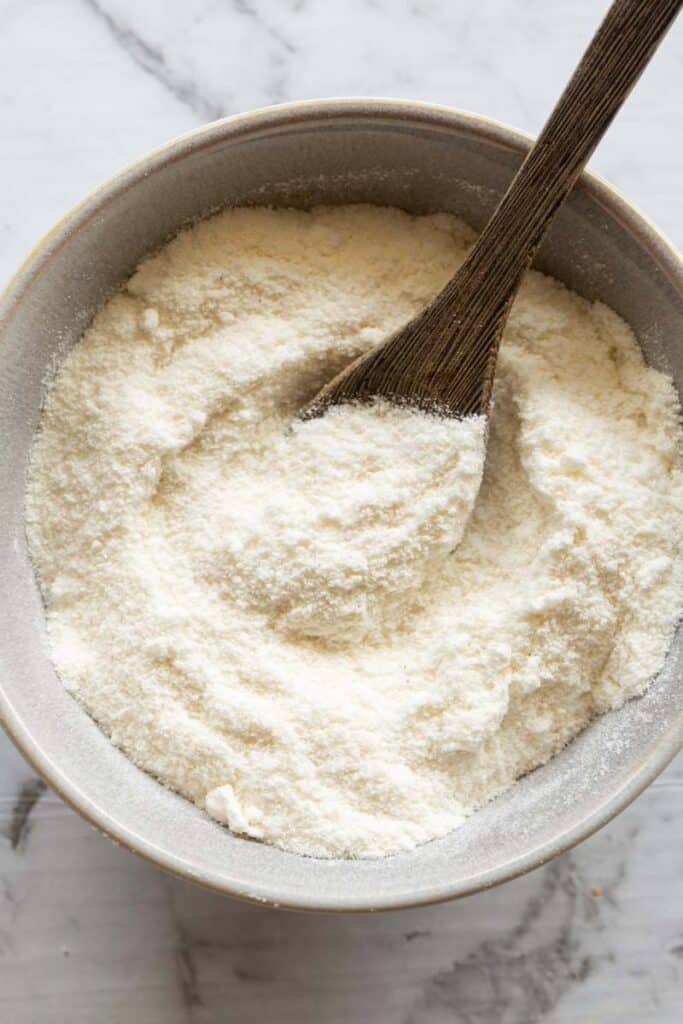
Ever done some baking with coconut flour? If you have, you know it is quite magical. A little goes a very long way, and it can convert baked goods, sauces, and bread into something extremely delicious.
I’ve been using coconut flour in tons of my recipes since I started a keto diet. Using this flour has allowed me to enjoy desserts, bread, and other baked goods again. I also love using it to make treats for my friends and family who follow a gluten free diet!
What is coconut flour?
Coconut flour is a grain free flour that is made from dried coconut meat. It’s blended into a flour-like consistency and has multiple uses.
This particular flour differs from other baking flours, due to its nutritional profile. Coconut flour is high in fiber, low in carbs, and has moderate amounts of protein. Its low moisture content makes it a fantastic option for baking cookies, cakes, muffins, and other desserts, or used to thicken sauces, soups, and gravies.
Coconut flour is a staple ingredient in keto recipes, as it contains just 2 grams net carbs per 1/4 cup serving!
Benefits of using coconut flour
- High fiber– Compared to other flours, coconut flour takes the cake in terms of fiber. Each 2 tablespoon serving packs in 6 grams of fiber!
- Low carb– Coconut flour is popular in keto recipes due to its low carb count.
- High protein– No other flour out there naturally contains protein. There are 2 grams of protein per 2 tablespoon serving of coconut flour!
The best part about coconut flour is that it is available in almost every grocery store. If you can’t find it, you can easily make your own!
How do you make coconut flour?
The Ingredients
- Fresh coconut meat– The white flesh from a fresh coconut. You can use the fresh coconut juice for a smoothie!
- Boiled water– To blend the coconut into a finer consistency.
The Instructions
Start by adding the coconut meat into a high-speed blender. Add the boiled water and blend for 2-3 minutes, until no large chunks remain and the pulp is mostly smooth. Next, let the mixture cool for 5 minutes, before straining it through a cheesecloth. Squeeze out excess liquid (use it for a coconut milk smoothie).
Now, place the coconut pulp onto a large baking tray lined with parchment paper. Bake on very low heat for 40-45 minutes, until the pulp is completely dry. Finally, transfer the dried coconut pulp into a blender. Blend for 2-3 minutes, until a flour-like consistency remains.
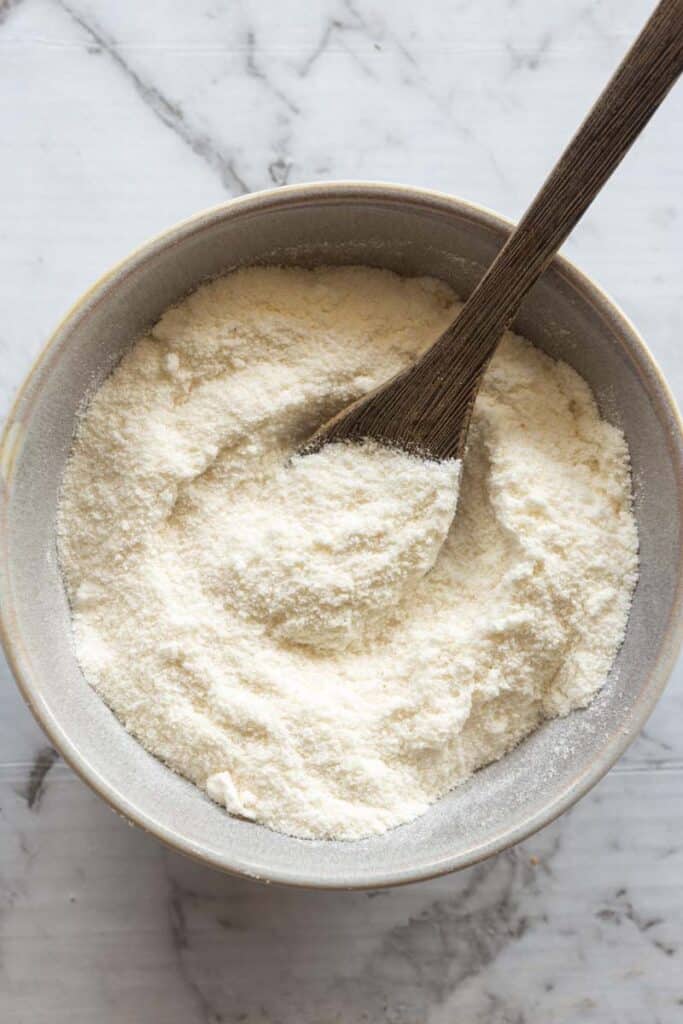
How long can you keep coconut flour?
- To store: Coconut flour can be stored at room temperature in an airtight container for up to 6 months. Be sure to gently shake up the flour before using it, as it can clump up.
- To freeze: I don’t recommend freezing coconut flour as it can become rancid once thawed out.
What can you make with coconut flour?
Coconut flour can be used in sweet or savory recipes. You can also save time by simply buying a bag of coconut flour instead of making your own (but I like the convenience of making my own coconut milk).
Here are the best coconut flour recipes you’ll ever make. You’ll find coconut flour dessert recipes and also some other unique ways to use this fabulous flour! Baking with coconut flour can be a little bit tricky, but these recipes using coconut flour prove otherwise- They all have 5-star ratings!
Coconut Flour Recipes
Chocolate cake
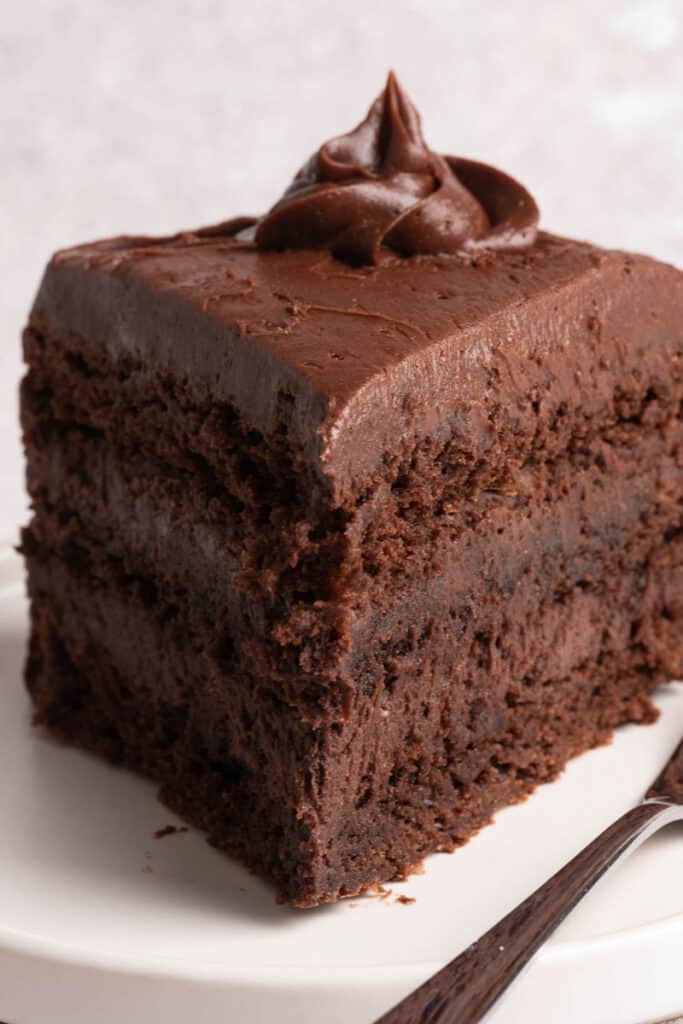
Cookies

Muffins

Brownies
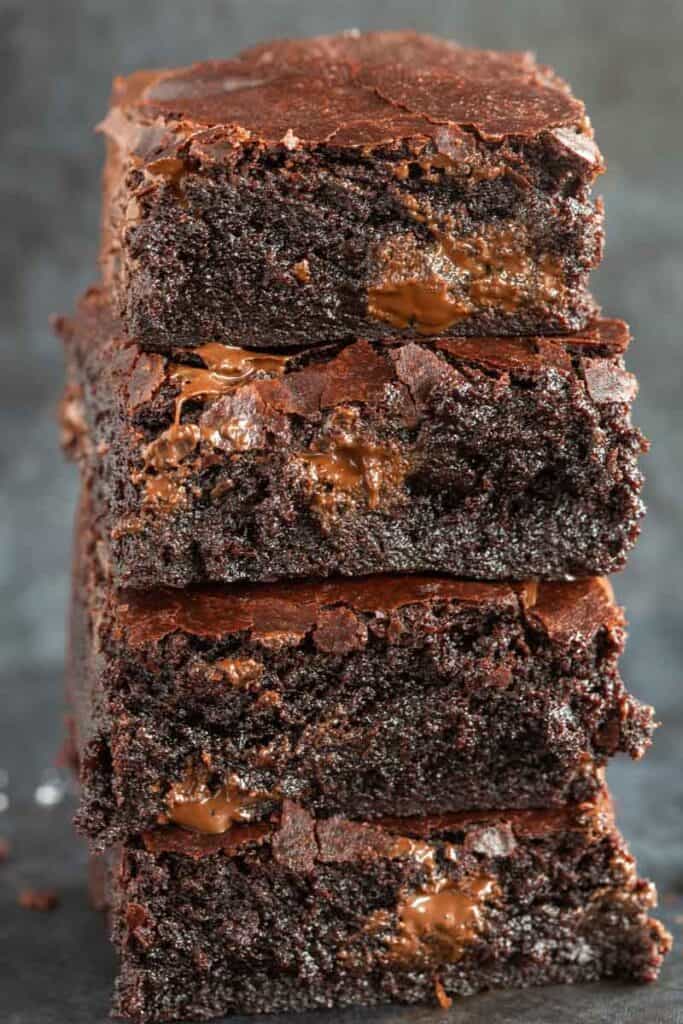
Pancakes
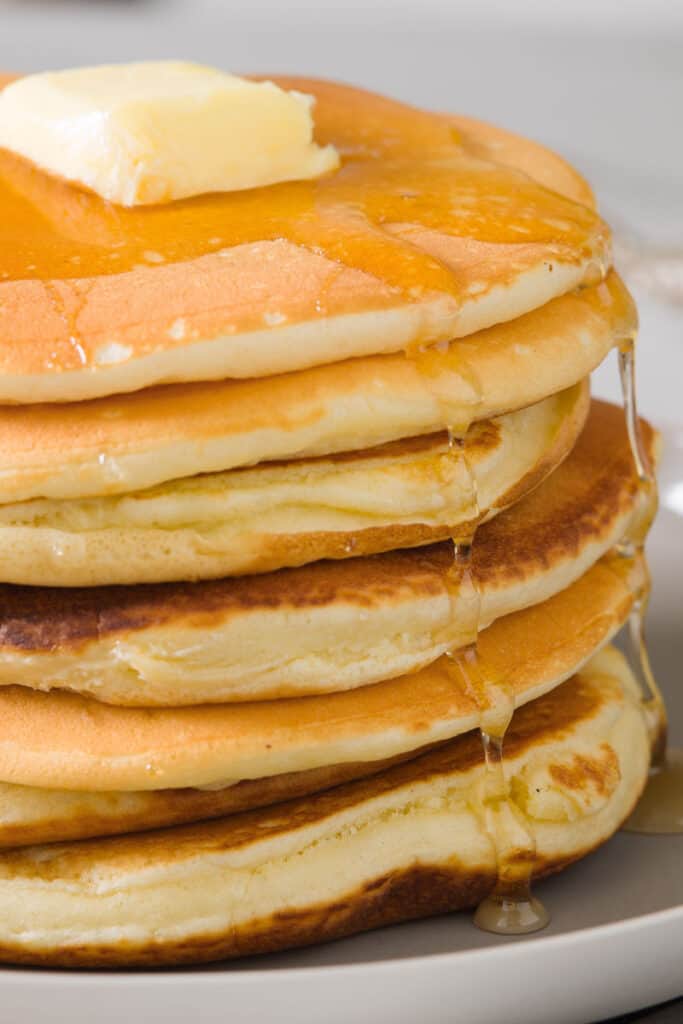
Biscuits
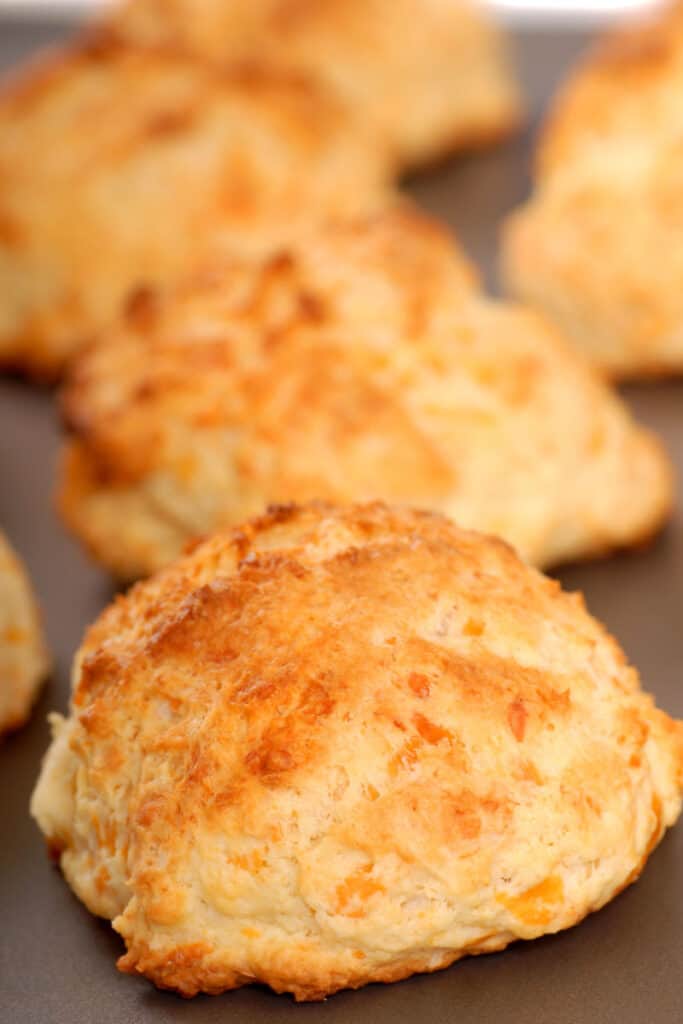
Crepes
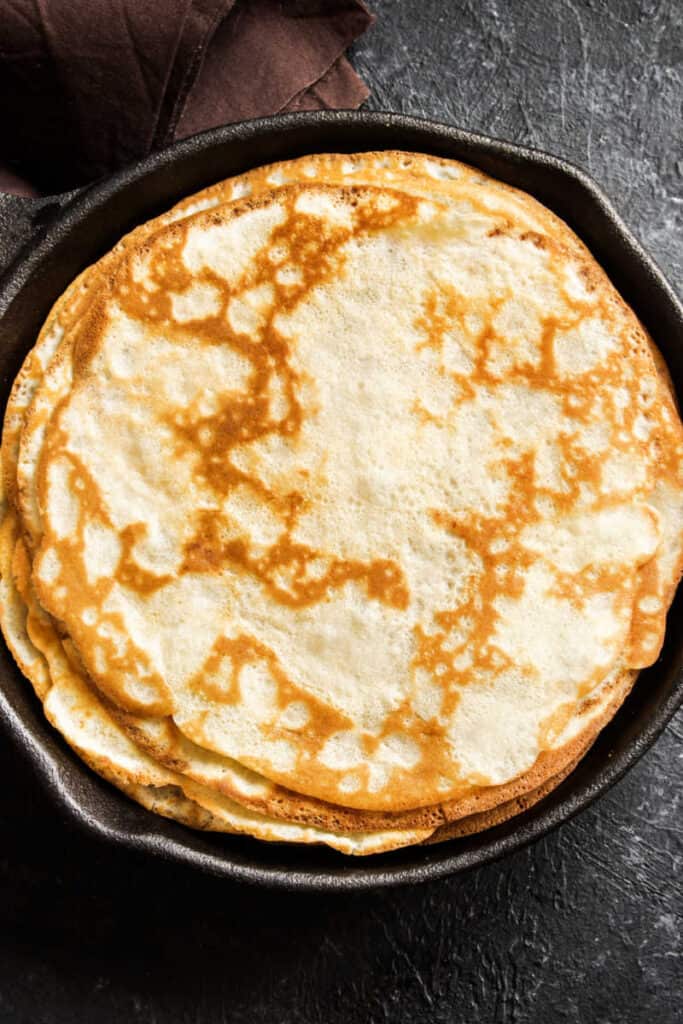
Banana pancakes
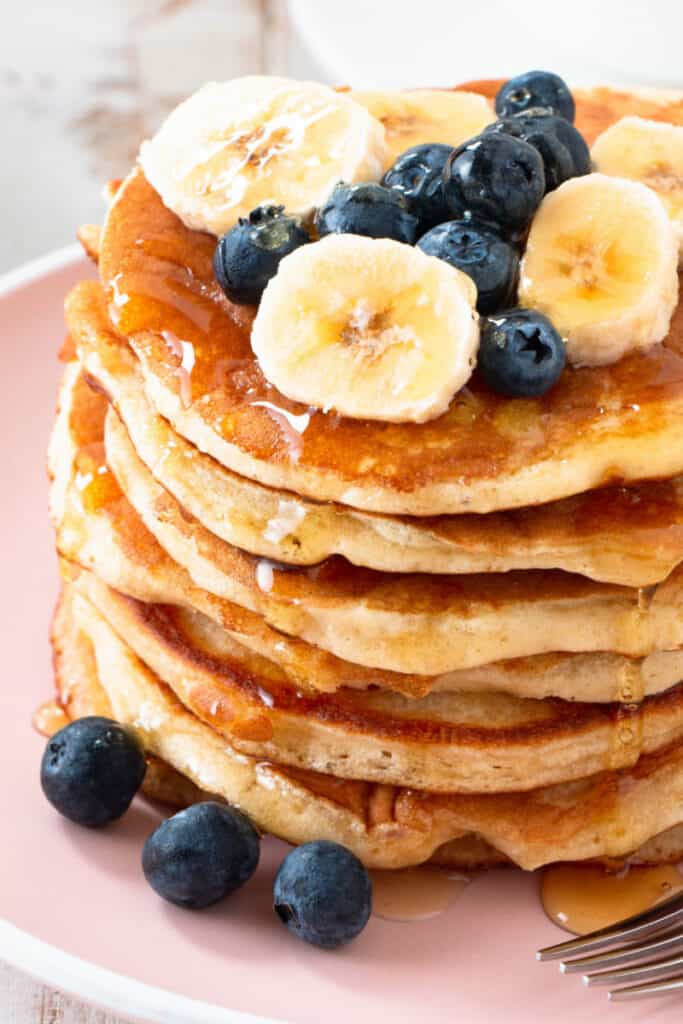
Banana bread
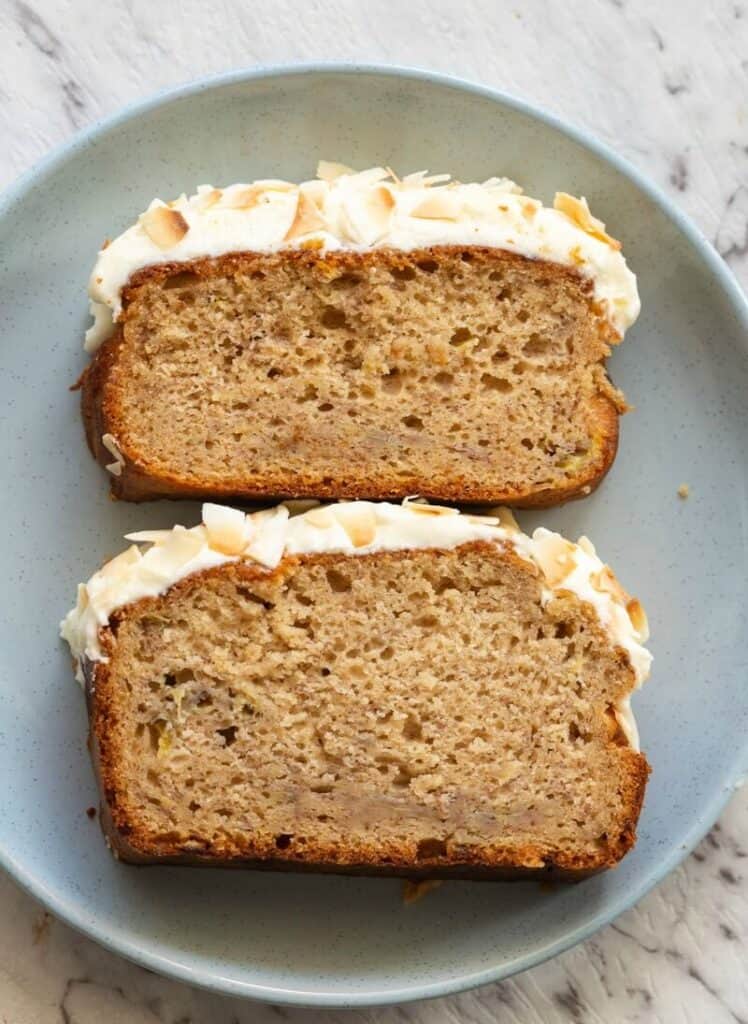
Peanut butter cookies
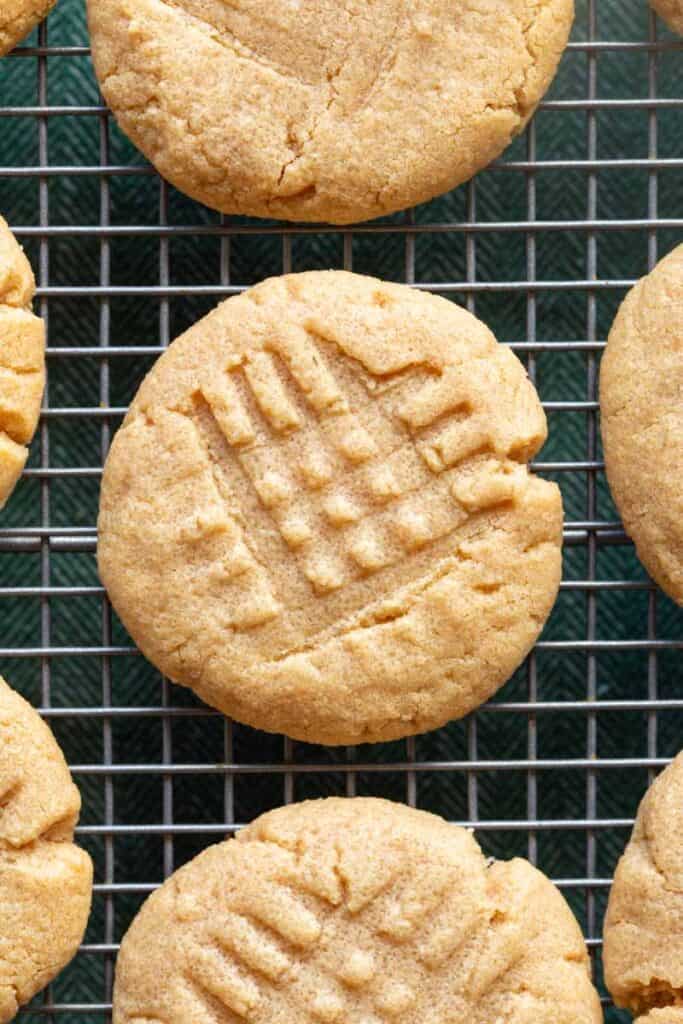
Frequently Asked Questions
As coconut flour has an extremely low moisture content, you cannot substitute recipes that call for all purpose flour with coconut flour. The same goes for recipes that call for almond flour, oat flour, or any other standard flour.
Both coconut flour and almond flour are fantastic for baking. They are both naturally low in carbs and perfect for keto, paleo, and gluten free diets.
Coconut flour is not bad for anyone, unless you have a coconut allergy. Because of the high fiber content, it’s best not to go overboard with it if you follow a low fiber diet.
HUNGRY FOR MORE? Subscribe to my newsletter and follow along on Facebook, Youtube, and Instagram for all of the latest updates.
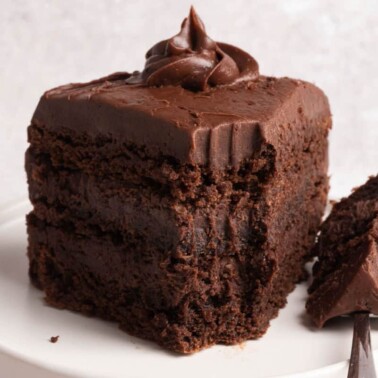
Coconut Flour Recipes (+ Homemade Coconut Flour!)
Ingredients
- 1 large coconut
- 4 cups boiling water
Instructions
- Cut a hole in the coconut and drain out the coconut juice.
- Remove the skin from the coconut and chop up the coconut flesh.
- Transfer the coconut meat into a blender. Add the boiling water and blend together for 1-2 minutes, until no large chunks remain and the pulp is mostly smooth. Let the mixture sit in the blender for 5 minutes to cool down.
- Preheat the oven to 80C/170F and line a large baking sheet with parchment paper. Set it aside.
- Strain the mixture through a cheesecloth and squeeze out the excess liquid.
- Place the dry coconut pulp onto the lined baking sheet. Bake for 40-45 minutes, until the pulp is completely dry.
- Remove the dry coconut from the oven and place it back in the blender. Blend for 1-2 minutes, until a flour-like consistency remains. Transfer into an air tight container until ready to use.

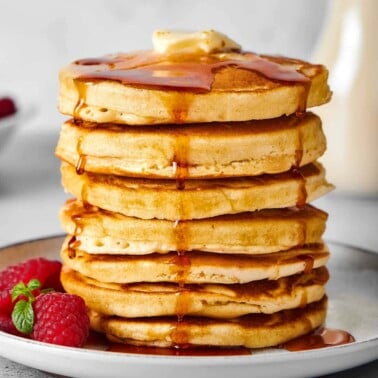

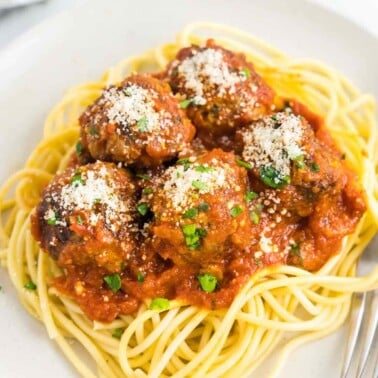














I love this! Thank you for all your recipes!
What’s the difference between desiccated coconut and coconut flour? Can you just take desiccated coconut boil it blend it and make it really dry in the oven and blend it some more, Then you have coconut flour?
Dessicated can often be sweetened, I don’t see why not.
Can I use almond flour for these peanut butter bars?
You can try!
Well said, I think? But I’m not really sure either.
Guessing coconut flour in a bag works? Looks great but just a shortcut guy, hehe.
I can’t wait to try these recipes. Do they have a coconut taste when baked?
Not really 🙂
Where I live we cannot get whole coconuts. Can I use desiccated coconut instead? Tku.
Nope, must be coconut flour
Yummy 😋
Thank you, Norma!